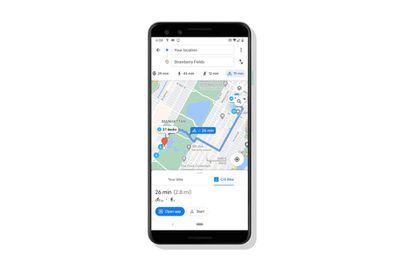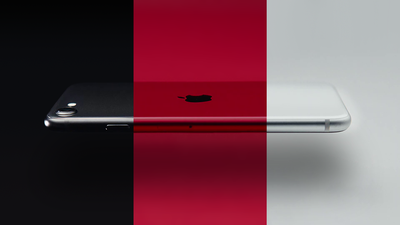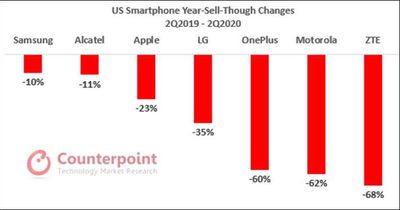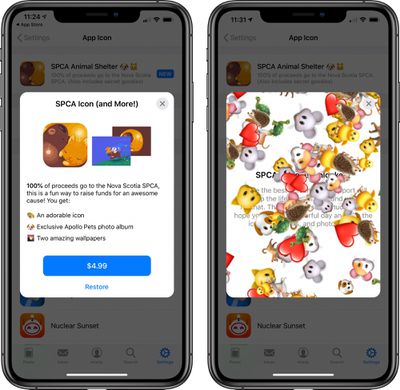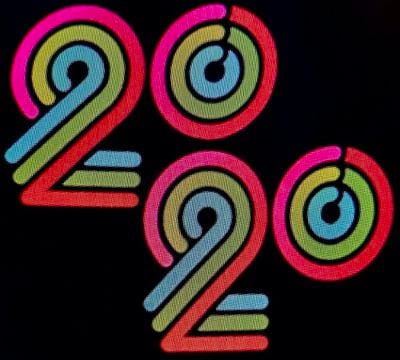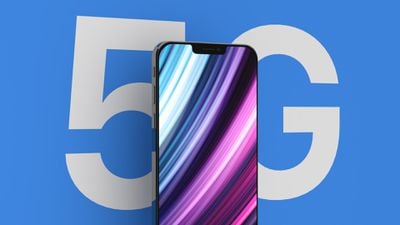Spotify today announced a new video podcast feature for select podcasts, available in all markets where podcasts are supported. With the update, Spotify Premium and free users will be able to watch podcasts that have recorded video on the platform.

Spotify said that at launch, podcasts with video include "Book of Basketball 2.0," "Fantasy Footballers," "The Misfits Podcast," "H3 Podcast," "The Morning Toast," "Higher Learning with Van Lathan & Rachel Lindsay," and "The Rooster Teeth Podcast." More podcasts will gain support as the feature rolls out.
The new feature allows select creators to bring both audio and video content to Spotify, enabling them to connect more meaningfully with their listeners, expand viewership, and deepen audience engagement. It’s a way to enrich the audio experience—for fans and creators alike.
To start watching a video podcast, users simply need to press play on the Spotify desktop or mobile app. Any supported podcast will automatically play and sync with the audio feed. Listeners will also still be able to download the podcast audio to listen on the go, and video podcast audio will still play when multitasking between apps or when locking your device.
In recent years, Spotify and Apple have been competing to build the most popular podcasting platform. According to a recent report from Bloomberg, Apple is now working on creating its own original podcasts to further entice people to use Apple Podcasts.
The new video podcasts on Spotify will begin rolling out today.



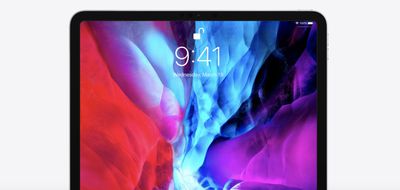 Note: MacRumors is an affiliate partner with these vendors. When you click a link and make a purchase, we may receive a small payment, which helps us keep the site running.
Note: MacRumors is an affiliate partner with these vendors. When you click a link and make a purchase, we may receive a small payment, which helps us keep the site running.



